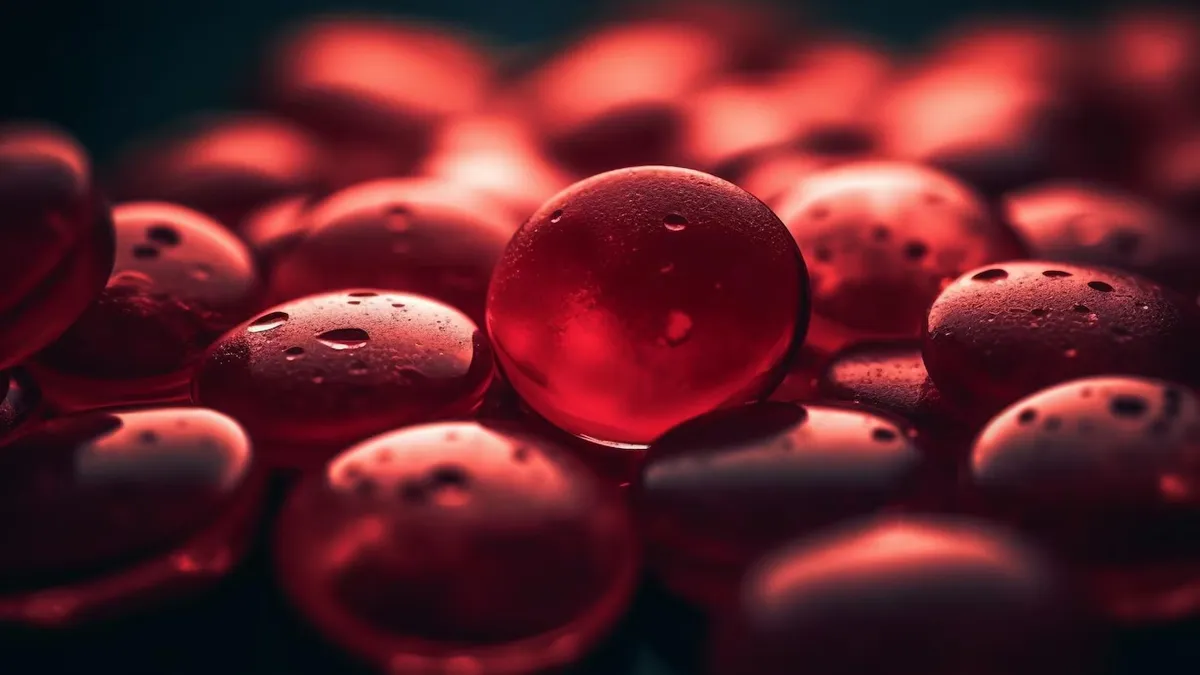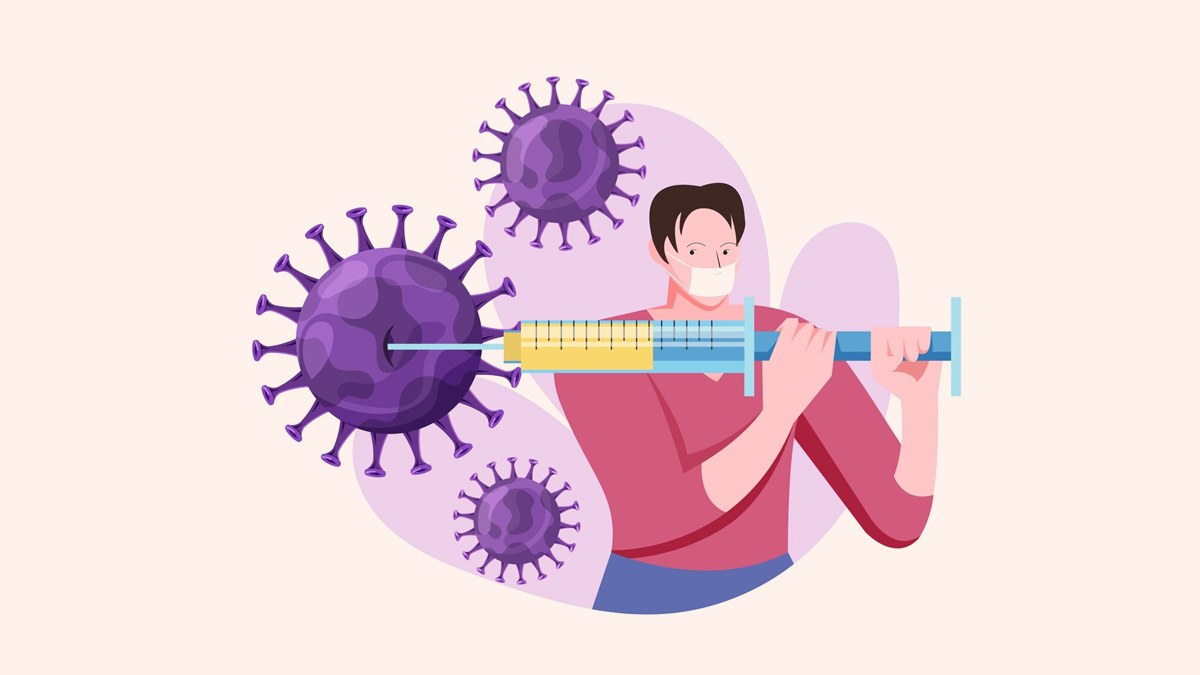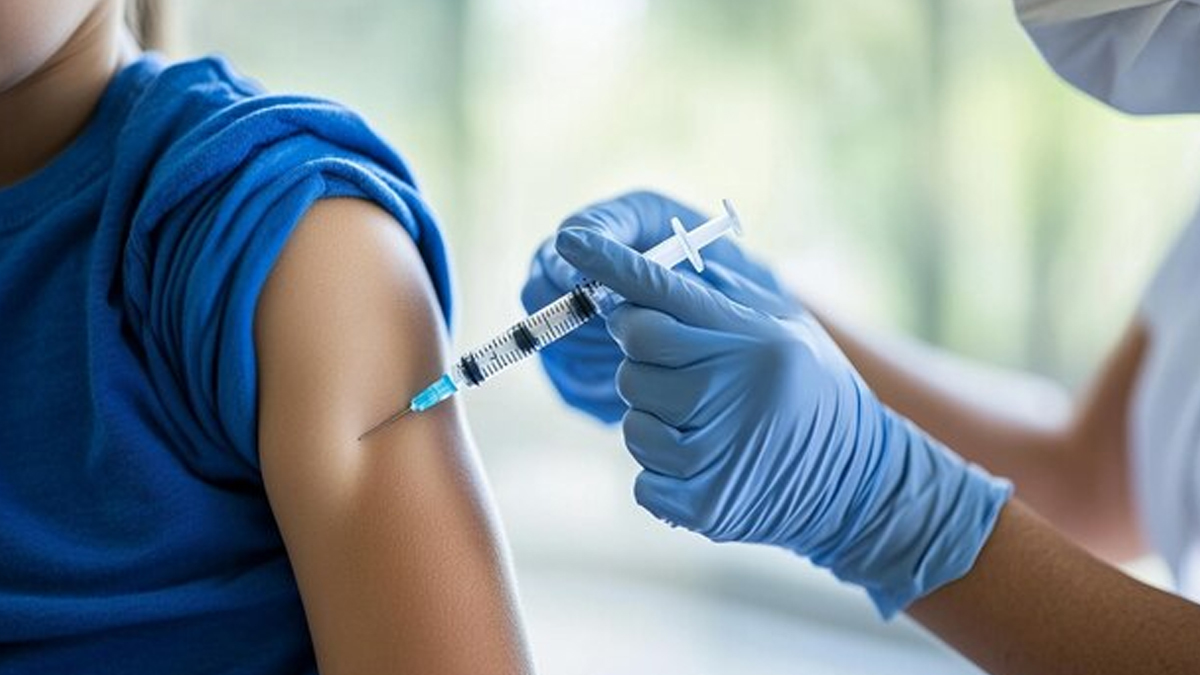
Sickle Cell Disease (SCD) is a serious public health issue that affects more than 70 lakh people globally. The disease is caused by a one-point mutation of a protein chain called haemoglobin subunit beta (HBB) gene. SCD causes painful vaso-occlusive crises (VOCs), meaning the mutation may cause blockage of blood vessels and many other life-altering complications. There is currently no proven treatment available against the sickle disease, however, scientists now claim First Patient In the Clinical Trial Of its Therapy that the scientists have touted as a potential cure.
Table of Content:-
A Cure For The Sickle Disease
Biopharmaceutical company Hillhurst Biopharmaceuticals claims that it has just administered the first patient dosing in its Phase 2a trial HBI-002. This therapy is a liquid Carbon Monoxide (CO) treatment and is tailored to meet the considerable unmet medical need in preventing “painful vaso-occlusive crises” in sickle cell patients.
Also Read: Sickle Cell Disease Surges In Rajasthan’s Tribal Districts, Over 10,000 Affected: Report

Andrew Gomperts, Hillhurst Biopharmaceuticals CEO, was optimistic that the company believes their new drug product could provide "meaningful relief for patients and their families". The company is looking for the initial readout from this trial by year-end 2025, with plans to guide the design of a larger Phase 2b clinical trial next year.
Symptoms of Sickle Disease

Individual differences exist in sickle cell anaemia symptoms, and some people may not experience any at all. However, the most common symptoms of sickle cell anaemia include:
- Acute or chronic pain, usually in the chest, abdomen, or bones, can be experienced by people with sickle cell anaemia.
- Weakness and exhaustion are symptoms of sickle cell anaemia.
- When red blood cells degrade more quickly than the body can replenish them, jaundice, or yellowing of the skin and eyes, may result.
- Due to restricted blood flow to the hands and feet, sickle cell anaemia patients may experience swelling in these areas.
- Due to potential immune system dysfunction, people with sickle cell anaemia are more vulnerable to infections.
Bottomline
These clinical trials currently underway are major advances in the battle against Sickle Cell Disease. If the new drug has as much potential as the scientists claim, it would be a huge breakthrough in medical science and the global fight against sickle cell disease.
Also watch this video
How we keep this article up to date:
We work with experts and keep a close eye on the latest in health and wellness. Whenever there is a new research or helpful information, we update our articles with accurate and useful advice.
Current Version